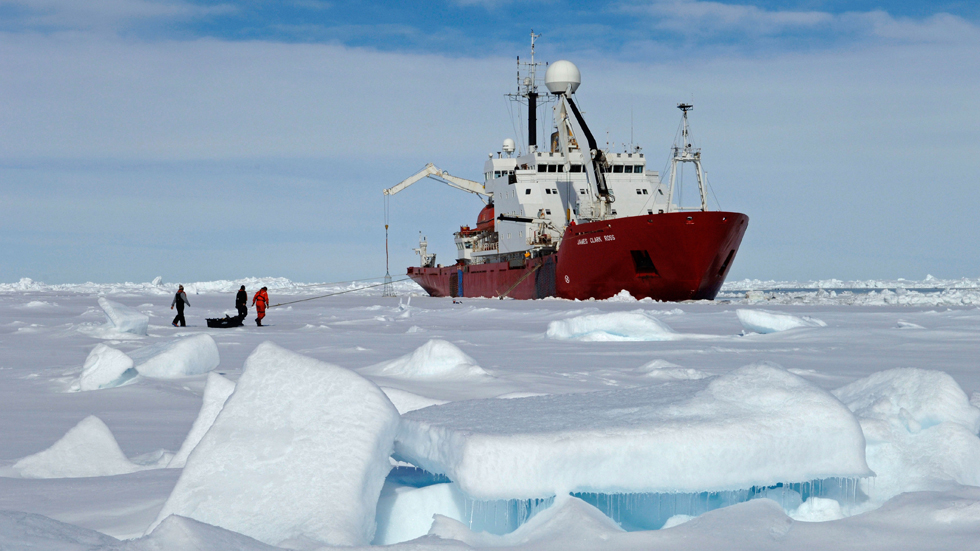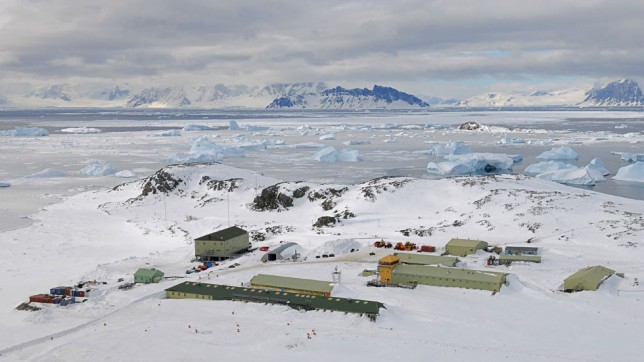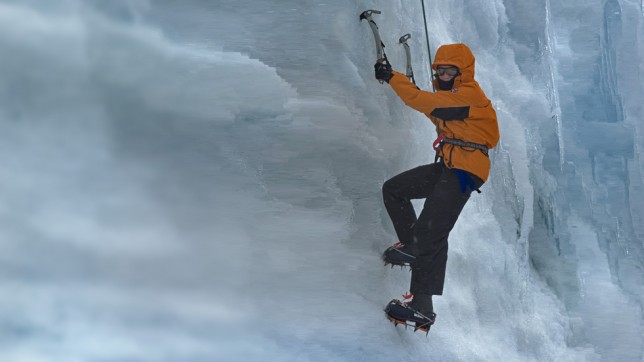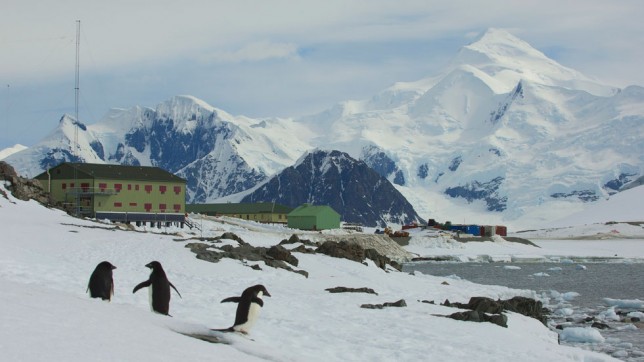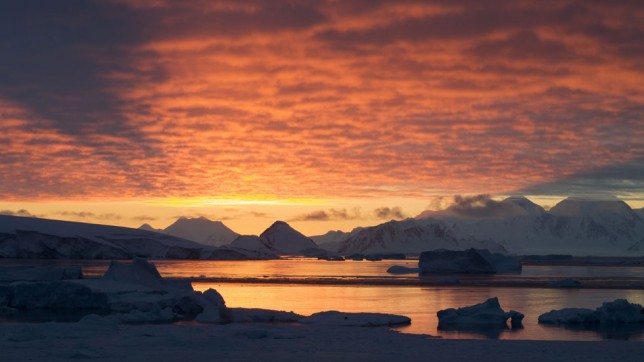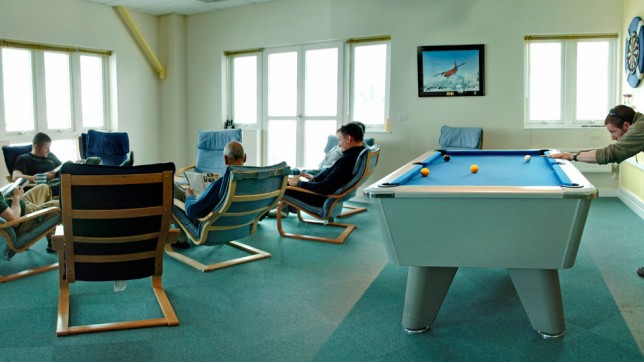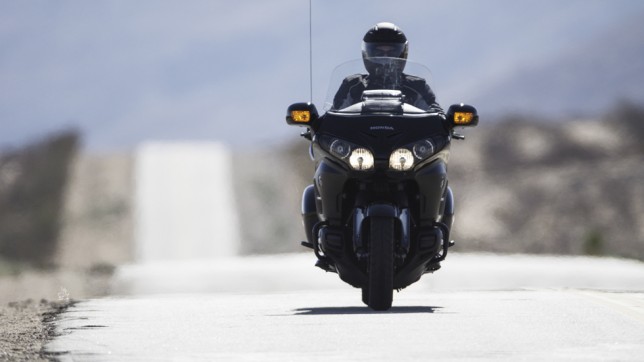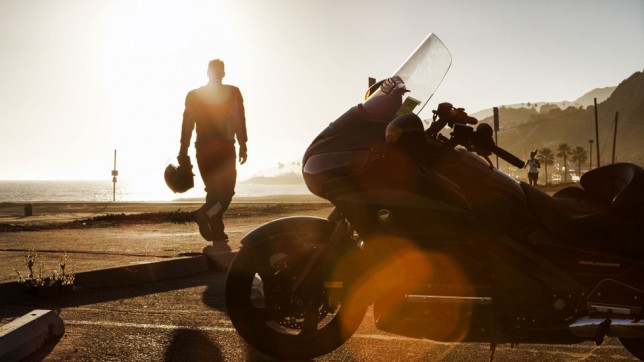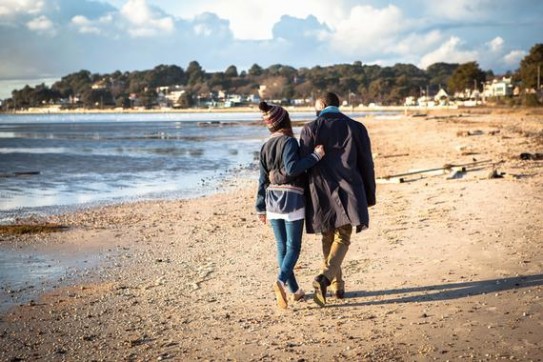I start my journey to the southernmost continent on Earth in the middle of October. As you might imagine, simply getting to Antarctica is no easy task. From Heathrow I fly to Madrid and then to Santiago in Chile.
An internal flight will take me to the port of Punta Arenas at Chile’s southern tip. There I’ll board the British Antarctic Survey’s ‘Dash 7’ aircraft and fly 1013 miles to the Rothera Research Station on Adelaide Island, approximately 1155 miles south of the Falklands. All being well, the journey will take about 40 hours and when I arrive it’ll be the end of the Antarctic winter.
The Winterers
Of course, it’s winter on Antarctica that is the hardest time. In the summer season, from December to February, up to 120 people live and work at Rothera. In the winter a crew of between 18 and 22 people look after the base and look after each other. These guys are called ‘winterers’, and they live and work in a uniquely challenging environment – I suppose it becomes like a family.
Conditions are tough. At the height of summer the temperature hovers around zero at Rothera. On those days the sun is shining brightly and it’s easy to get sunburnt… in the winter it’s quite different. There are long periods when the temperature is between minus 10°C and minus 12°C and we have frequent shorter periods when it dips down to between minus 20°C and minus 25°C. We also don’t see the sun for six weeks.
The coldest months are August and September, and with the prolonged cold the sea around the base starts to freeze. That means, of course, that our boats are landlocked. We monitor the sea ice formation very closely in the hope that we’ll be able to travel (walk and ski) on it. Even so, the scientific programme is much more limited in the winter than in the summer. In the winter we launch atmospheric balloons two or three times a week. We also undertake scientific diving and water sampling activities from boats or through sea ice as often as conditions allow.
This procedure provides vital information about the environment and the way in which it’s changing. The balloons rise up through the atmosphere to a height of about 20km and take in a whole suite of measurements about the content of the atmosphere. The experiments are replicated all around the world to form a much bigger picture. To have that data from a remote location like ours is very valuable. With regards the ocean water sampling we do at Rothera, we have a continuous record stretching back 16 years, allowing Scientists to observe long term changes.
Life without the sun
At 67 degrees south, we’re just inside the Antarctic Circle. This means we never experience 24-hour darkness. On the shortest day it’s light for about three hours. Technically, it’s not daylight but twilight, and that’s because the sun is just below the horizon. In all, we live without seeing the sun for about six weeks.
My personal experience is that you don’t particularly realise you’re missing direct sunlight when it’s not there. But the day that the sun returns and you feel sunshine on your skin for the first time, it awakens something very deep inside you. You realise what’s been missing and why you’ve not been feeling as energetic as you were before. It’s a wonderful feeling.
At that moment you realise just how much the lack of daylight has an impact on people’s mood and how they feel. Ideally, during the precious three hours of daylight it’ll be a beautiful day and you can go outside to walk or ski. But it could be that there’s a blizzard; a blizzard that lasts for two weeks. So you’re confined to being inside the whole time and that leads to real frustration.
Standing on ceremony
Morale is always a concern during these times but that family atmosphere helps, as do the traditions and ceremonies that we uphold. One of these happens about three and a half weeks before mid-winter in late May, when we see the sun for the last time.
We get the oldest person present to lower the Union flag that flies over the base for the whole of the summer season and normally encourage someone to say something. Sometimes it’s a poem or a short, informal speech. Then the flag is raffled as a memento of the winter. By then, it’s usually a very tattered flag because it’s been flying in strong winds and brilliant sunshine through the course of the season.
We also celebrate mid-winter’s day on 21st June. It’s celebrated all over Antarctica. To some extent, that’s because we don’t celebrate other festivals such as Christmas or New Year because that’s our busiest time of the year. Come mid-winter however, we declare a week’s holiday. People exchange gifts, join in with group activities, and we have a big feast that often extends to six or seven courses.
When we see the sun for the first time again in early July, we all gather at the flagpole and the youngest person on the base is invited to raise a new flag for the new season and, again, to say a few words. Last year, someone read the words of the song, The Sun Has Got His Hat On. It’s an important moment and marks the passage of the winter.
The magic of Antarctica
This will be my third deployment to Antarctica. I was there as a mountaineer from October 2010 until April 2012. My second stay lasted from January 2013 to earlier this year. I’ve always been a keen mountaineer. I’ve been involved with mountain rescue in Scotland, and I was a teacher. It’s well known there are mountaineering opportunities with the British Antarctic Survey so I thought I’d go and support science at Rothera, train scientists how to live and work in the Antarctic environment and help them with their work.
The research station is built on a rocky outcrop at Rothera Point on the Antarctic
Peninsula. Everything that’s there now was transported, season by season, by our two
ships, the James Clark Ross and the Ernest Shackleton. When the station was in its primary development, large teams of builders arrived to construct the station each summer season. A number of the buildings are on stilts to avoid big build-ups of snow in front and behind.
The accommodation is very comfortable, and we have office and laboratory space for
the scientists and technicians working at Rothera. The Bonner biological laboratory is
the centre for our marine research programme and the terrestrial-based research that happens around Rothera.
The laboratory has an aquarium where we study some of the species we find locally. The bay we routinely operate in contains a large number of small islands that we visit for monitoring purposes and collecting samples. We use six-metre RIBs for water sampling and diving as well as getting to and from our island study sites.
Of course, in such a remote location, we come to rely absolutely on our equipment, which is why we appreciate the dependability of our Honda generators. They are a vital part of our work. Just talking about it makes me want to get back out there. It might not be easy but there’s a real magic to life in the Antarctic.
I’m excited to be returning. When I left in March there were 19 people there. I’m looking forward to seeing how they got on and seeing how their winter was. I’m in regular contact, but it’s not the same as actually sitting down with them and having a chat.



